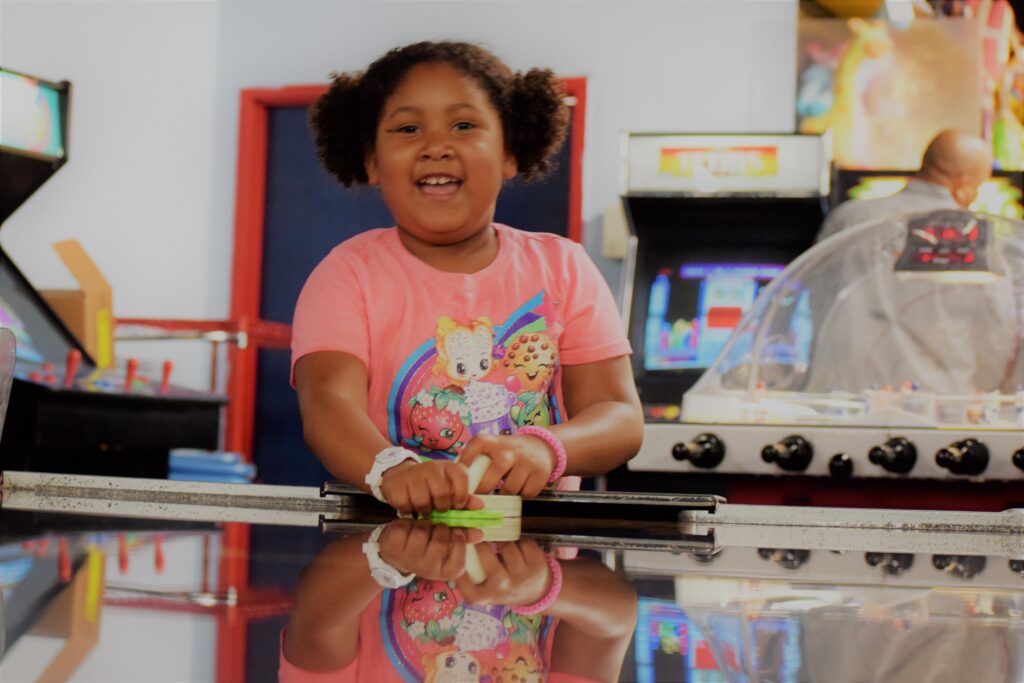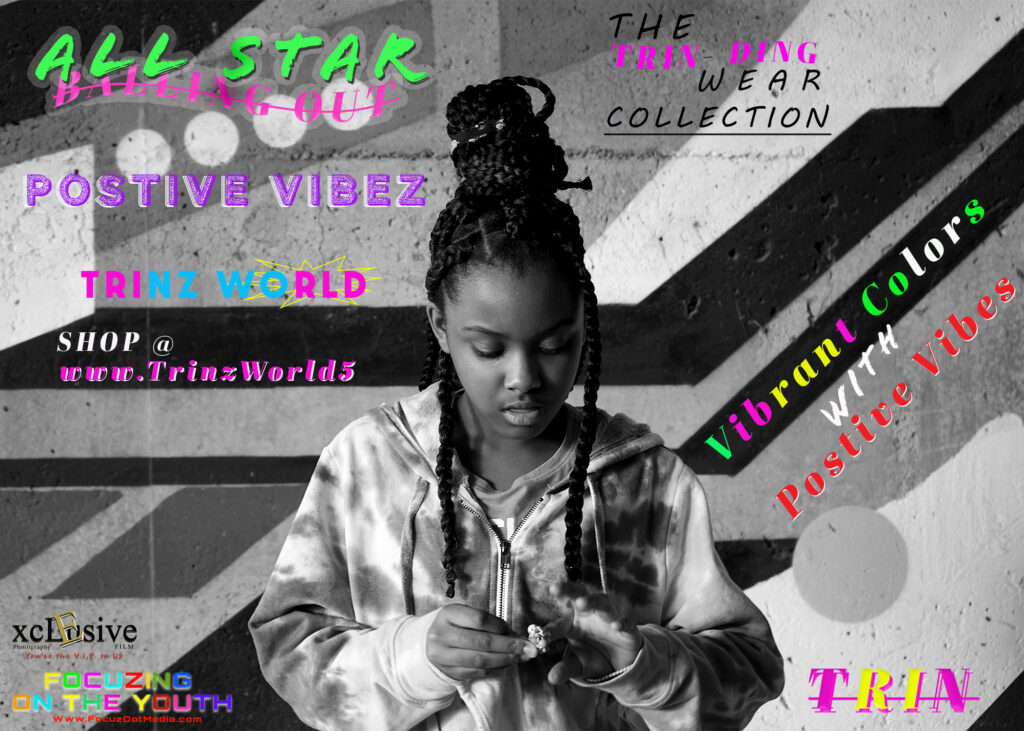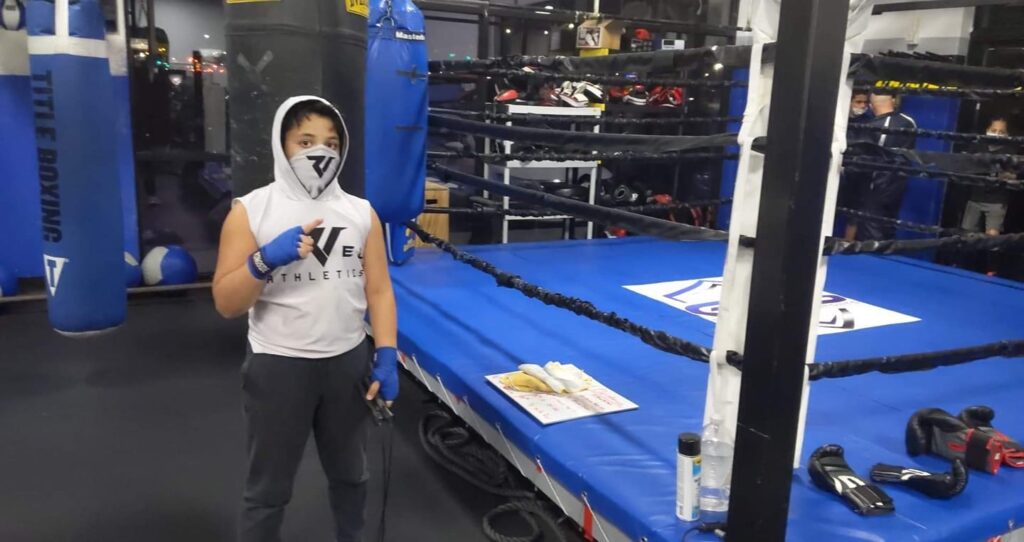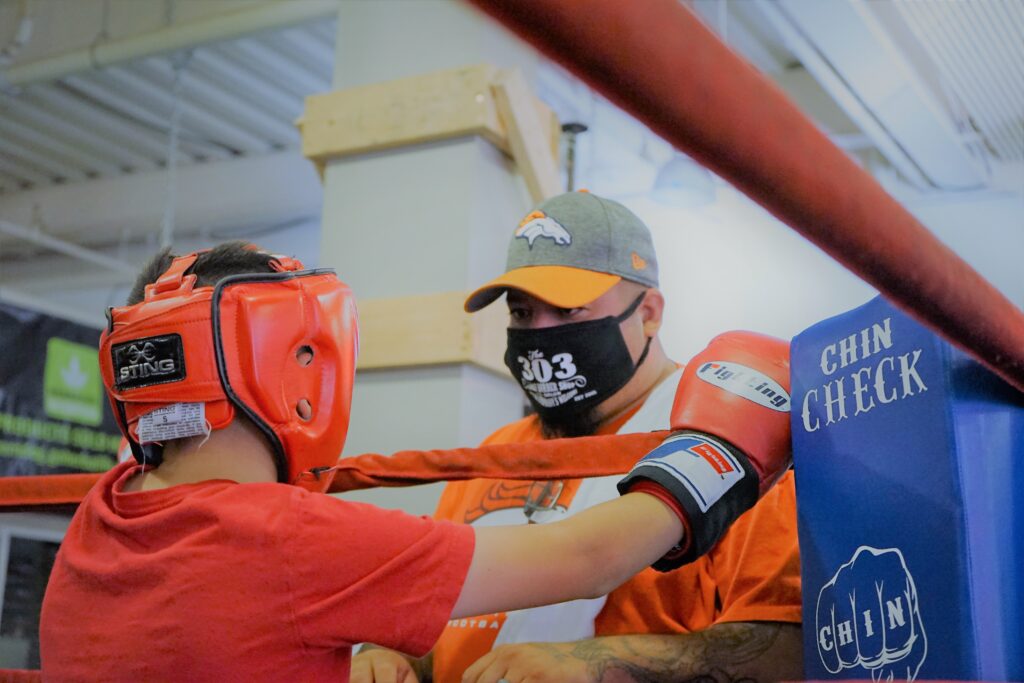
Playgrounds seem like — and in many cases are — a relatively safe pandemic activity, but there are factors that can complicate the issue. Playgrounds are “a great opportunity to get families together and be outside and enjoy, but do so in a safe way,” said Dr. Ada Stewart, a family physician with Cooperative Health in Columbia, South Carolina, and the president of the American Academy of Family Physicians. Safety precautions are also important because the Covid-19 vaccines currently aren’t authorized for children under 16.Fewer children than adults have been infected with coronavirus, but children — like adults — are still at risk for getting infected by breathing in droplets from the coughs or sneezes of infected people, or by virus accumulated in or flowing through the air. Infection by contact with contaminated surfaces is possible, but the US Centers for Disease Control and Prevention has said that this isn’t a primary mode of transmission.

“Avoid (indoor playgrounds) for the time being because all the individuals there, the children, are not going to be vaccinated. Outdoor playgrounds are actually very safe,” said CNN Medical Analyst Dr. Leana Wen, an emergency physician and visiting professor of health policy and management at the George Washington University Milken Institute School of Public Health. “I have a 3½-year-old, and my husband and I often bring him and his 1-year-old sister to playgrounds. We feel very comfortable doing this.
“However, if a large group of kids … come over to the same piece of equipment that my son is on and they’re not wearing masks, I would pull him at that point.”If you’re thinking about taking your children to a playground, here’s what you should be concerned about.
Before you go to the playground
Potentially needing to remove your kids from an unsafe environment is a scenario you need to prepare them for ahead of time. “Setting that expectation that you may need to leave with a child is important, especially for toddlers that might not be happy with the outcome if you don’t prepare them in advance,” Wen said.
The best face mask for air travel in 2021
It has been a rough year and a half for most of us coping with the COVID-19 pandemic, lockdowns, physical distancing, and the overall turbulence to our routine that the pandemic has brought with it. With the introduction of the COVID-19 vaccines, we are beginning to regain a sense of normalcy starting with the simple pleasures in life and building up to special moments and occasions. One of the things we used to look forward to and was pretty much abolished from our lives has been domestic and international travel. But now, based on people getting vaccinated and continuing to maintain the current standard safe practices of physical distancing, frequent hand-washing and mask-wearing, flights are starting to be reintroduced into our lives once again.

To help reinstate airplane travel with as few glitches along the way as possible, current COVID-19 safe practices are very much in place. As per the CDC’s guidelines, masks are required while using all public transportation modes including airplanes as well as public transportation hubs such as stations and airports.
But while we are ok with tolerating certain types of masks for short excursions outside of our homes, selecting a mask for a long-haul flight comes with its own set of priorities and considerations.

So, what should we look for in a mask for flights and what are the makings of the best face mask for air travel? We’ve put together the main points to watch for and consider to help you with finding the best travel mask for you.
| Why are protection levels so important in an air travel face mask? |
Planes are a confined indoor space with a high number of passengers sharing it. Cabin air quality varies depending on whether air filters are used, but even on airplanes with advanced air filters systems, air filters are not operating at maximal capacity during takeoffs and landings. Add to that the fact that some people are still not wearing their mask properly to fully cover their nose and mouth with no gaps or leaks, and that others may not be wearing masks consistently throughout the flight or not choosing a mask with good filtration performance, and you have a closed space with potential risk of SARS-CoV-2 transmission.

Finding a mask which offers you a high protection level is crucial to filtering out any particles in the closed airplane space you are sharing with others for a good number of hours. A mask like the SonoMask™ has been tested and proven to offer 98% filtration of 5-micron particles. But the SonoMask™ doesn’t stop there.

Standard disposable masks offer passive filtration, meaning they trap particles in the mask like flies in a spider web. However, after a few hours, the mask becomes contaminated by these particles and needs to be replaced with a new mask. What makes Sonovia’s SonoMask™ stand out is that in addition to passive filtration, it also gives you active protection.


 Trump administration offers to pay plane tickets, give stipend to self-deporting immigrants
Trump administration offers to pay plane tickets, give stipend to self-deporting immigrants  The Force Awakens: Aiden Anderson’s Rise in Dallas Amateur Boxing
The Force Awakens: Aiden Anderson’s Rise in Dallas Amateur Boxing  Tesla’s Cybertruck Will Rapidly Depreciate From Now On
Tesla’s Cybertruck Will Rapidly Depreciate From Now On  Was it really about the Lil Wayne Concert
Was it really about the Lil Wayne Concert  Black Chicago Activists Blast Mayor Brandon Johnson for “Replacing” Them With Migrants
Black Chicago Activists Blast Mayor Brandon Johnson for “Replacing” Them With Migrants  Migrants desperately digging through trash bins for food as they live out of buses in Chicago
Migrants desperately digging through trash bins for food as they live out of buses in Chicago  Thomas Edward Patrick Brady Jr, Shedeur Sanders, Travis Hunter, Shilo Sanders, Jimmy Horn Jr, Global Don, and more
Thomas Edward Patrick Brady Jr, Shedeur Sanders, Travis Hunter, Shilo Sanders, Jimmy Horn Jr, Global Don, and more  Yella Beezy Released on $750,000 Bond
Yella Beezy Released on $750,000 Bond